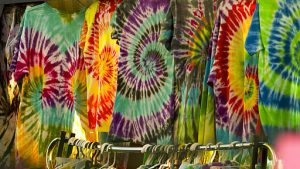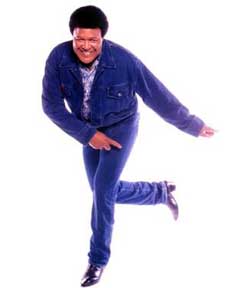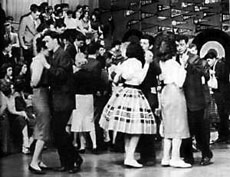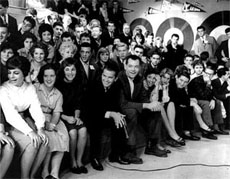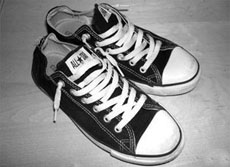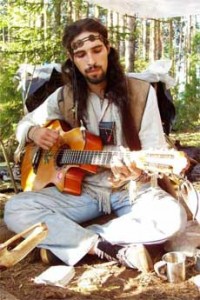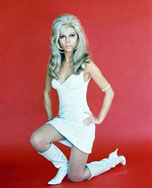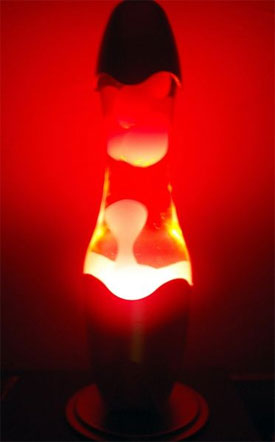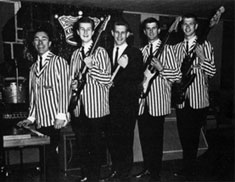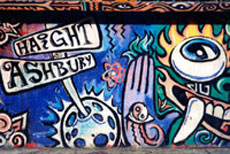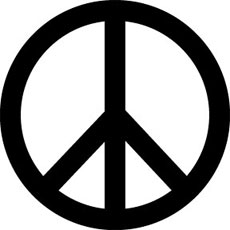The Volkswagen Beetle, often referred to as the “VW Bug,” was a car that made a significant impact on the counterculture of the 1960s. In a time of political and social upheaval, the Beetle represented a symbol of nonconformity and individuality.
The VW Bug was first introduced to the United States in the late 1950s, but it was in the 1960s that it truly took off in popularity. The car’s unique, rounded shape and affordability made it appealing to a wide range of people, from college students to young families. But it was its association with the counterculture movement that cemented its place in history.
A Counterculture Favorite
The counterculture of the 1960s was characterized by a rejection of traditional values and a desire for change. The VW Bug embodied this spirit of rebellion, as it was seen as a departure from the large, gas-guzzling cars that dominated American roads. The compact size and fuel efficiency of the Beetle made it a practical choice for those who wanted to save money and reduce their carbon footprint, while its quirky design set it apart from the more conventional vehicles of the time.
In addition to its practicality, the VW Bug was also embraced by the counterculture for its versatility. It was a popular choice for hippies and other countercultural groups, who often customized their Beetles with brightly colored paint jobs, peace symbols, and other symbols of their movement. The car became a rolling symbol of peace and freedom, and its popularity only grew as the counterculture movement gained momentum. Its widespread use by the counterculture also helped to popularize car culture as a whole, paving the way for the muscle car era that would follow in the 1970s.
The VW Bug’s unique design, affordability, versatility, and association with the countercultural movement made it an icon of the era and a symbol of nonconformity and individuality. Today, the Beetle remains one of the most recognizable cars of all time, and its legacy continues to inspire new generations of car enthusiasts and countercultural activists alike.
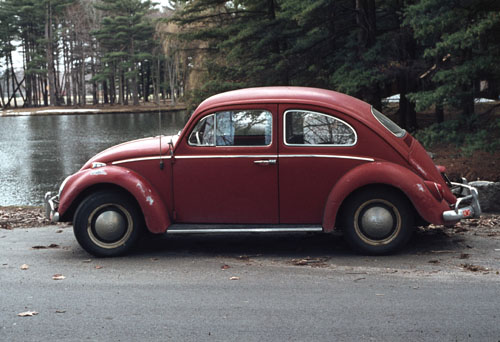
Unique Mechanicals
The Volkswagen Beetle of the 1960s had several unique mechanical features that set it apart from other cars of the era. These included:
- Rear-engine design: The VW Bug had its engine mounted in the rear of the vehicle, which was a departure from the front-engine design that was common in most cars of the time. This design allowed for more interior space and improved weight distribution, making the Beetle a more balanced and stable car to drive.
- Air-cooled engine: The Beetle’s engine was air-cooled, which eliminated the need for a heavy and complex radiator and cooling system. This made the car lighter and more reliable, as well as easier to maintain.
- Simple suspension: The Beetle had a simple suspension system that consisted of a beam axle and torsion bars, which allowed for a smooth ride and good handling. This design was both rugged and reliable, and it helped to keep the car’s cost low.
- Lightweight construction: The Beetle was built using lightweight materials, including a body made of steel and an aluminum engine case. This helped to keep the car’s weight down and improved its fuel efficiency.
- Flat-four engine: The VW Bug was powered by a flat-four engine, which was a compact and efficient design that made the most of the limited space available in the rear of the car. This engine was designed to be simple, reliable, and easy to maintain.
These mechanical features, combined with the Beetle’s distinctive rounded shape and affordable price, made it a popular choice among car buyers in the 1960s. The Beetle’s unique mechanicals also contributed to its reputation as a car that was fun to drive, easy to maintain, and built to last.
